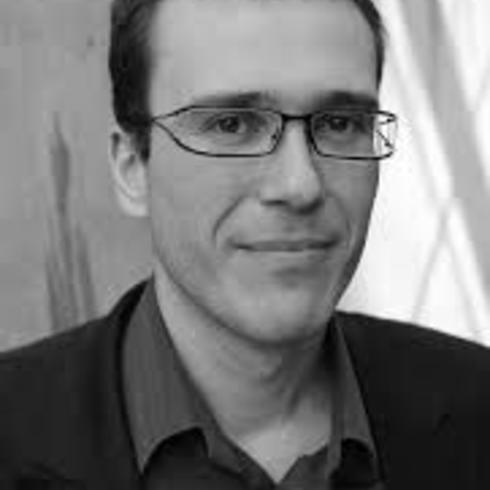
" Forgotten City "
For 27 instruments
Musicales Artchipel
SÉLECTION 2018
- Nominated for : The Young Audience Prize 2019
- Nominated for : The Musical Composition Prize 2018
Buffalo, New York: once a major industrial centre of the United States, today largely abandoned, a phantom city, casualty of industrial desertion, whose development and decline recall those of a multitude of other cities in the USA and around the world. The title of this piece refers to the fading from memory and the abandonment that characterise the history of this city and of all cities that, like Buffalo, have ceased to live and to function, following the progressive shutting down of their industrial activity, and the exodus of their population. This rubble, this wreckage, witnesses to the decline of an industrial era that had been flourishing up until then, still carry the traces of the energy that brought them to life.
During my stays in the city of Buffalo, I was able to witness the striking spectacle of these abandoned factories and habitations. These industrial zones provoked such fascination in me that I started to take a closer look at the question of cities and abandoned industrial arias. The more I was drawn into these immense deserted spaces, the more it became necessary to express these images in sounds.
This musical necessity prompted me to reflect upon a new type of dramaturgy, far from the idea of a latent dramaturgy made up of ‘characters’ or musical ‘objects’, which I had developed on several occasions in my previous works. Here, the form arose empirically, following scenes drawn upon sensorial experiences and images — photos or videos — of these disaffected areas that I interiorised over a lengthy period.
The clarity of this musical and aesthetic project revealed itself only after a long process, whose point of departure implied a new type of research in my compositional work: a new approach to sound, and therefore to timbre, and a greater focus on pulsation and rhythm.
Without renouncing the melodic line, which has characterized my creative process since the beginning of my compositional work — as can be seen in the various solos for bass flute, bassoon and trumpet in The Forgotten City —– my idea was to refocus my attention on instrumental gestures that are sharp and direct, on ever-denser sonic material, whose colour changes in proportion to the degree of mixture between harmonic networks worked out in advance, and rigorous work on multiphonics.
This piece was also an opportunity to undertake new timbral experiments, starting with the complex sounds found in the industrial world. This way of working, close to what Gérard Grisey referred to as “instrumental synthesis”, in other words the ability to reconstitute a complex sound through having it played by an instrumental ensemble, allowed me to conceive other models of timbre orchestration from a given sound, called a ‘target’ — in this case, sounds taken from the world of industry. Thanks to ‘Orchids’, a new program developed by IRCAM, it was possible to seek out and to elaborate various possible orchestrations which I then used as a point of departure for the creation of my own sonic materials.
Finally, the evocation of these deserted industrial complexes could only be done by musically embodying the intensity of the sonic activity that animated them. In addition to the obvious use of a new approach to pulsation and rhythm, I opted to use a drum kit which, combined with the other percussion instruments present in the ensemble, gave a particular dynamism and impulsion to the piece. Playing with polyrhythm and the numerous displaced accents — a chance for me to reconnect with my former instrument, the drum kit — I sought to evoke the ceaseless mechanisms of industrial machines, whose pulsations are superimposed, thereby creating complex rhythmic textures.

